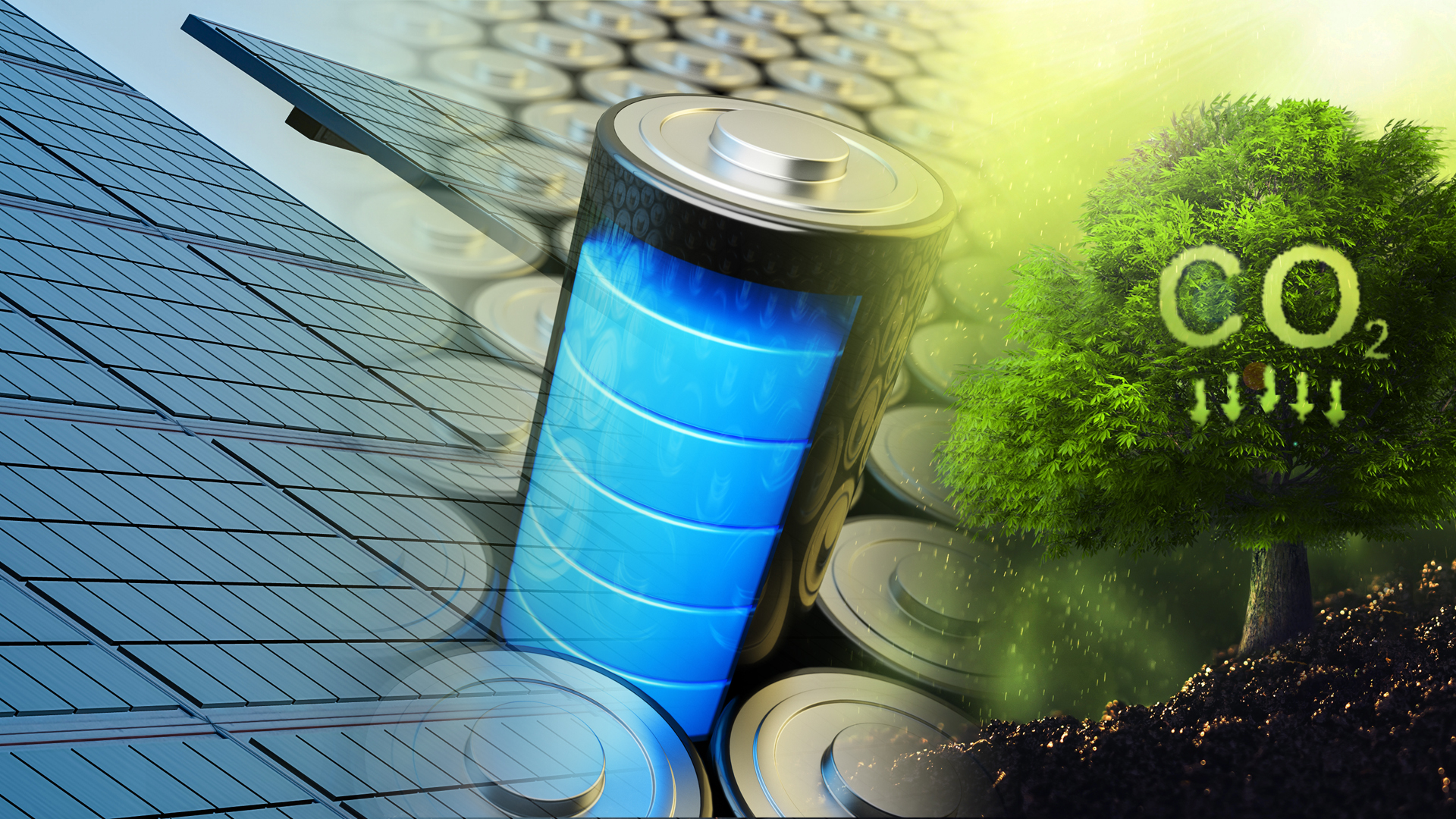

NMR in Material Science
Giving new inisghts for a sustainable future
Greentech & New Energy concepts
Magnetic Resonance Spectroscopy (NMR) is an analytical technique that allows for non-invasive and non-destructive plus quantitative analytical investigations into molecular structure, dynamic processes, and chemical reactions.
NMR studies of materials are often used to make new and better materials for daily life. Understanding the structures of the materials helps synthesists and designers to better tune the structures of those materials and therefore make better and long lasting materials.
Materials for Carbon Capture and Sequestration
The goal of Professor Hayes’ research group is a basic understanding of the structure and properties of different types of inorganic systems, including semiconductors and other optically and electronically active materials.
One very interesting topic are materials for carbon dioxide capture and sequestration because of the opportunity to tune and tailor these materials to take CO2 out of the air and then store it or process it to remove the negative effects of the greenhouse gases.
New insights into Materials Research with high field-NMR
Jennifer Gomez from the NMR group at Radboud University in Nijmegen studies materials with NMR that we need for daily live like Batteries, solar panels, screens.
Understanding the structure of the materials helps to make them better for a more sustainable future.
Characterization of materials and pharmaceuticals with high-field NMR spectroscopy
Dr. Amrit Venkatesh is currently developing a NMR research program at 1.5 GHz using the 36 T series connected hybrid magnet at the MagLab in Tallahassee, Florida. Amrit is interested in the development and application of solid-state NMR at high magnetic fields, using fast magic angle spinning and dynamic nuclear polarization, to characterize materials and pharmaceuticals.
Dr. Amrit Venkatesh is also one of the founders of the global NMR group (https://www.globalnmr.org/) supporting students to network and learn more about NMR.